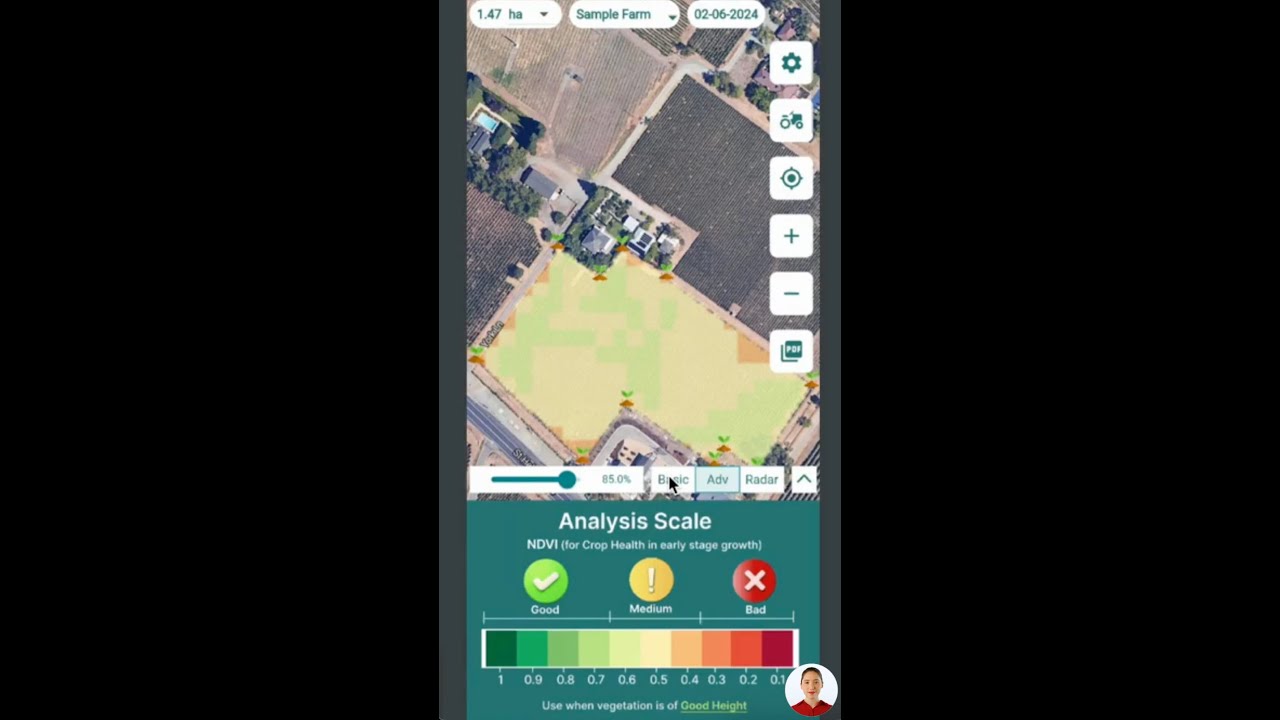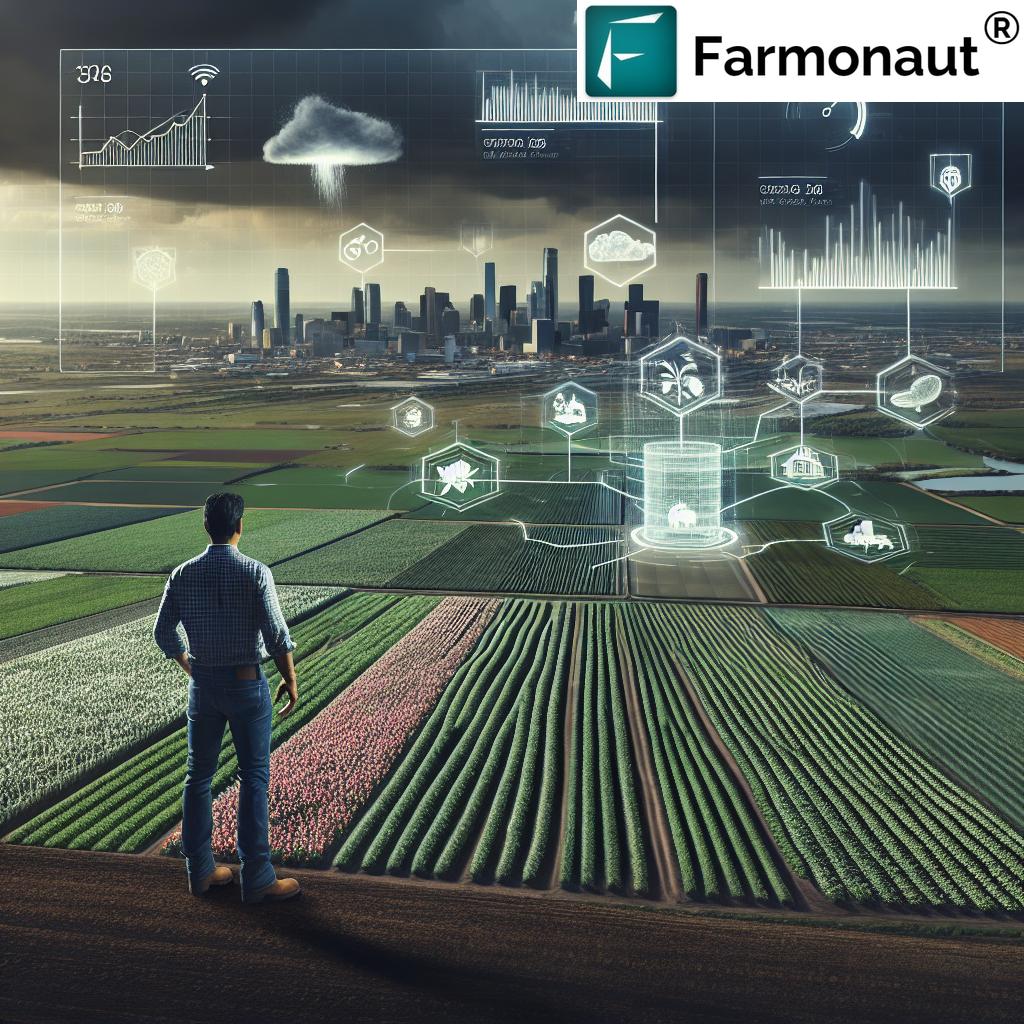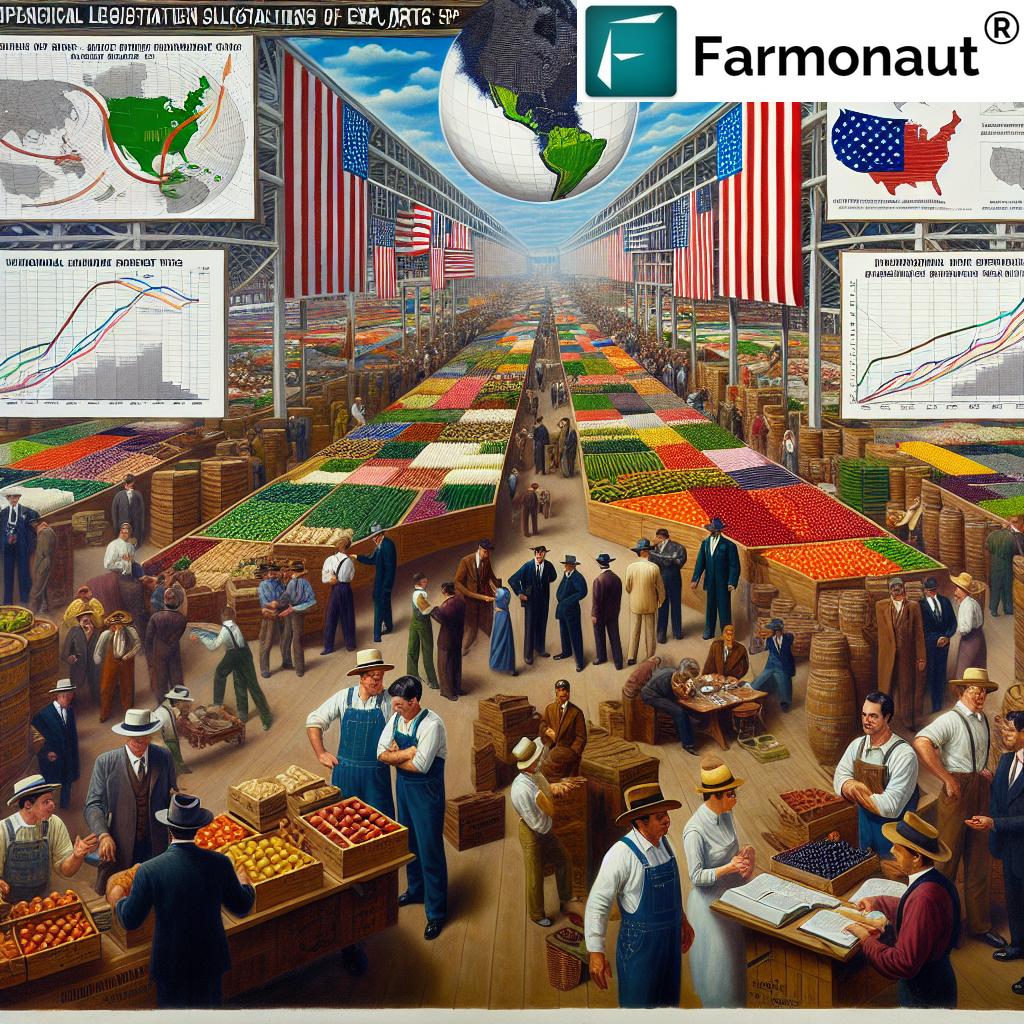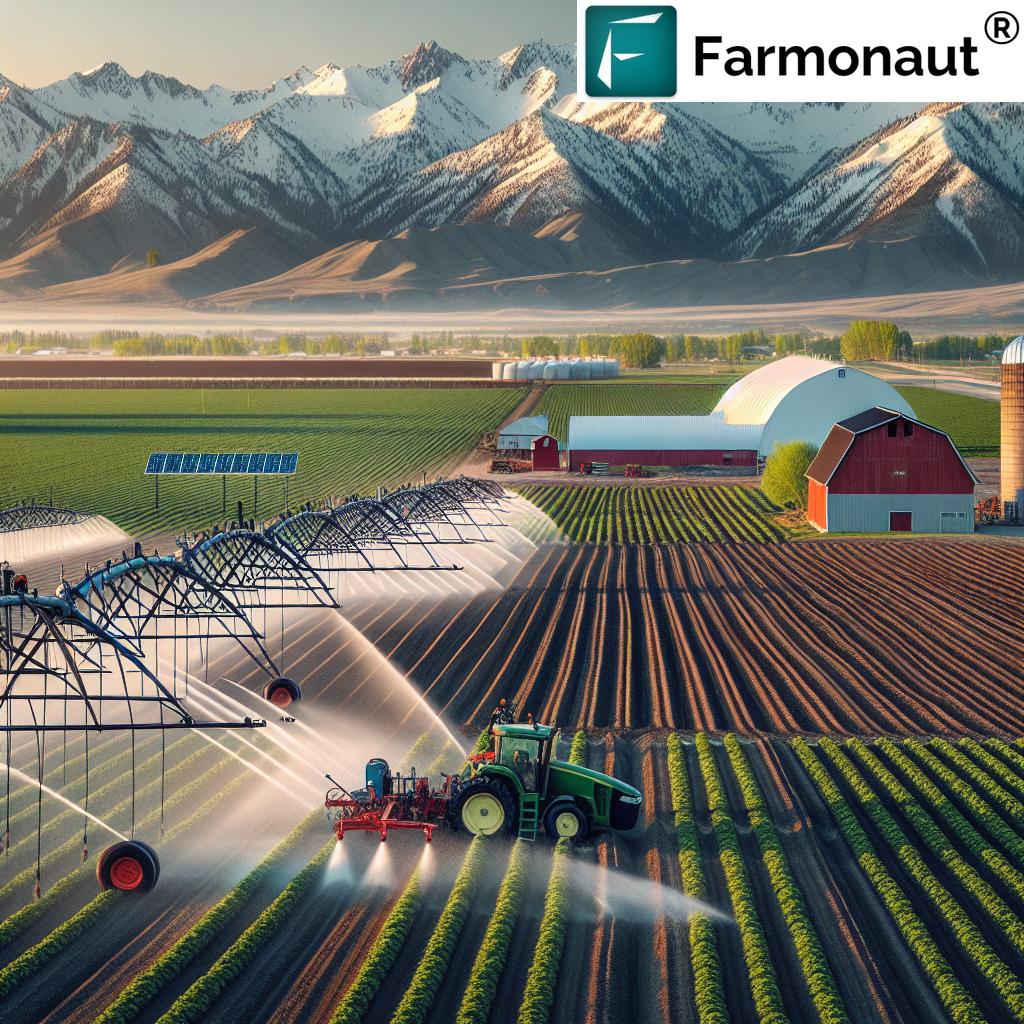2025 Farm Bill: Urgent Call for Financial Safety Net Amidst U.S. Agricultural Crisis
“Senate Agriculture Committee testimonies revealed alarming per-acre losses across various U.S. crops, including rice, corn, and soybeans.”
As we approach the critical juncture of the 2025 farm bill, the U.S. agricultural sector finds itself in the throes of a profound financial crisis. Recent testimonies before the Senate Agriculture Committee have painted a stark picture of the challenges facing American farmers, highlighting the urgent need for a robust financial safety net. In this comprehensive analysis, we’ll delve into the complexities of the current agricultural landscape, explore the implications of the upcoming farm bill, and discuss potential solutions, including the role of innovative technologies in supporting our nation’s farmers.
The Current State of U.S. Agriculture: A Financial Crisis Unfolds
The agricultural heartland of America is experiencing unprecedented financial strain. Farmers across various crop sectors, including rice, corn, and soybeans, are reporting alarming per-acre losses that threaten the very sustainability of their operations. This crisis comes at a time when many producers are struggling to secure operating loans for the upcoming planting season, creating a perfect storm of financial instability.
Jennifer James, a prominent rice farmer, delivered a particularly poignant testimony to the Senate Agriculture Committee. She projected losses of approximately $345 per acre for rice production in her area, marking the fourth consecutive year of negative margins. This sobering reality is not limited to rice; corn and soybean farmers are anticipating losses ranging from $250 to $280 per acre.
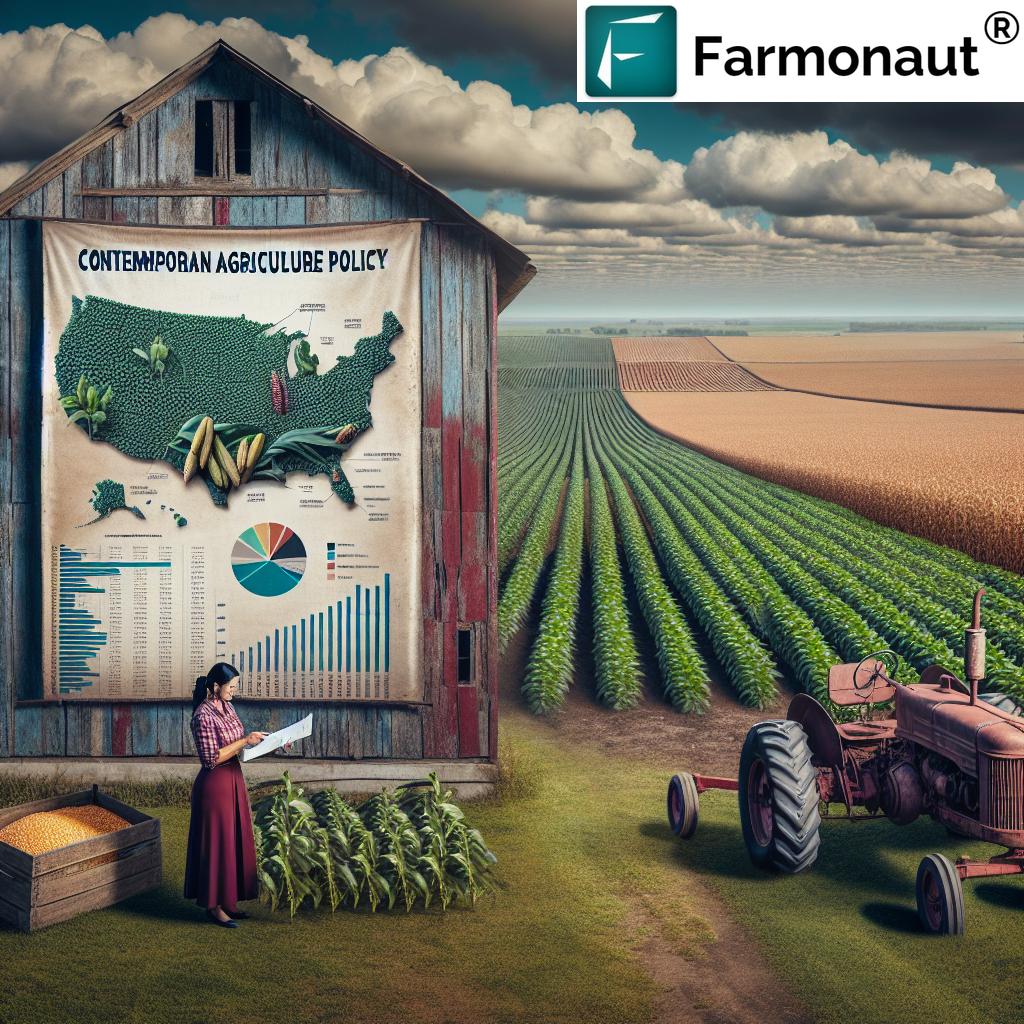
The gravity of the situation is further underscored by the emotional weight of James’s testimony. She shared the challenging conversations taking place within her family regarding the viability of continuing their farming business. Despite good crop yields, 2023 proved to be the most financially challenging year in her three decades of agricultural experience, raising serious questions about the long-term sustainability of farming under current economic conditions.
The Importance of a Robust Agricultural Safety Net
In light of these challenges, the call for a comprehensive and effective agricultural safety net has never been more crucial. Farmers are urging Congress to act swiftly in delivering a new farm bill that provides the confidence and support necessary to continue cultivating crops and contributing to national food security without the constant fear of financial ruin.
The current crisis highlights several key areas that need immediate attention:
- Crop Insurance Reform: Existing crop insurance programs may need reevaluation to ensure they adequately protect farmers against the increasing volatility of weather patterns and market fluctuations.
- Disaster Relief Mechanisms: More efficient and responsive disaster relief programs are essential to help farmers recover from unforeseen calamities.
- Access to Capital: Improving farmers’ access to affordable operating loans is critical for maintaining planting schedules and overall farm operations.
- Support for Sustainable Practices: Incentives for adopting sustainable farming practices could help reduce long-term costs and improve soil health.
The Role of Technology in Addressing Agricultural Challenges
As we navigate these complex issues, innovative technologies are emerging as potential game-changers in the agricultural sector. Satellite-based crop monitoring systems, like those offered by Farmonaut, present opportunities for farmers to optimize yields and reduce costs even in challenging economic times.
Farmonaut’s platform provides real-time insights into crop health, soil moisture levels, and other critical metrics. By leveraging this data, farmers can make more informed decisions about irrigation, fertilizer usage, and pest management, potentially mitigating some of the financial risks they face.
Additionally, Farmonaut’s AI-driven advisory system, Jeevn AI, offers personalized farm management strategies that can help improve productivity and efficiency. This technology could be particularly valuable as farmers navigate the challenging economic landscape ahead.
Crop Financial Impact Comparison
| Crop Type | Estimated Per-Acre Loss | Operating Loan Challenges | Potential Farmonaut Solutions |
|---|---|---|---|
| Rice | $345 | High input costs, market volatility | Precision irrigation management, yield optimization |
| Corn | $250-$280 | Fluctuating commodity prices, weather risks | Real-time crop health monitoring, AI-driven advisory |
| Soybeans | $250-$280 | Trade uncertainties, rising production costs | Pest and disease early detection, resource optimization |
| Wheat | $200-$230 | Global competition, drought concerns | Soil moisture analysis, yield forecasting |
| Cotton | $300-$330 | Labor shortages, price volatility | Harvest timing optimization, growth stage monitoring |
“The 2025 Farm Bill deliberations come at a critical time when many U.S. farmers are questioning the sustainability of their businesses despite good yields.”
The Path Forward: Integrating Technology and Policy
As we look towards the 2025 farm bill and beyond, it’s clear that a multifaceted approach is needed to address the financial challenges facing U.S. agriculture. This approach should combine robust policy measures with the integration of cutting-edge technologies to create a more resilient and sustainable farming sector.
Key considerations for policymakers and stakeholders include:
- Modernizing Farm Programs: Updating existing farm programs to better reflect current economic realities and technological advancements.
- Promoting Technology Adoption: Encouraging the widespread adoption of precision agriculture technologies to improve efficiency and reduce costs.
- Enhancing Rural Infrastructure: Investing in rural broadband and other infrastructure to support the implementation of advanced farming technologies.
- Supporting Research and Development: Increasing funding for agricultural research to drive innovation in sustainable farming practices and crop varieties.
Farmonaut’s satellite-based solutions can play a crucial role in this integrated approach. By providing farmers with access to real-time data and AI-driven insights, these technologies can help optimize resource use, improve crop yields, and ultimately enhance farm profitability.
The Urgency of Action
The testimonies before the Senate Agriculture Committee have made it abundantly clear that the time for action is now. Farmers across the country are facing critical decisions about the future of their operations, and many are questioning whether they can continue in the face of mounting financial pressures.
Rob Larew, president of the National Farmers Union, emphasized the importance of not extending the 2018 farm bill for a third time. Instead, he advocated for prompt legislative support to address the ongoing agricultural crisis. This sentiment was echoed by farmers representing a wide range of crops, including corn, soybeans, wheat, cotton, sorghum, peanuts, sugar beets, and barley.
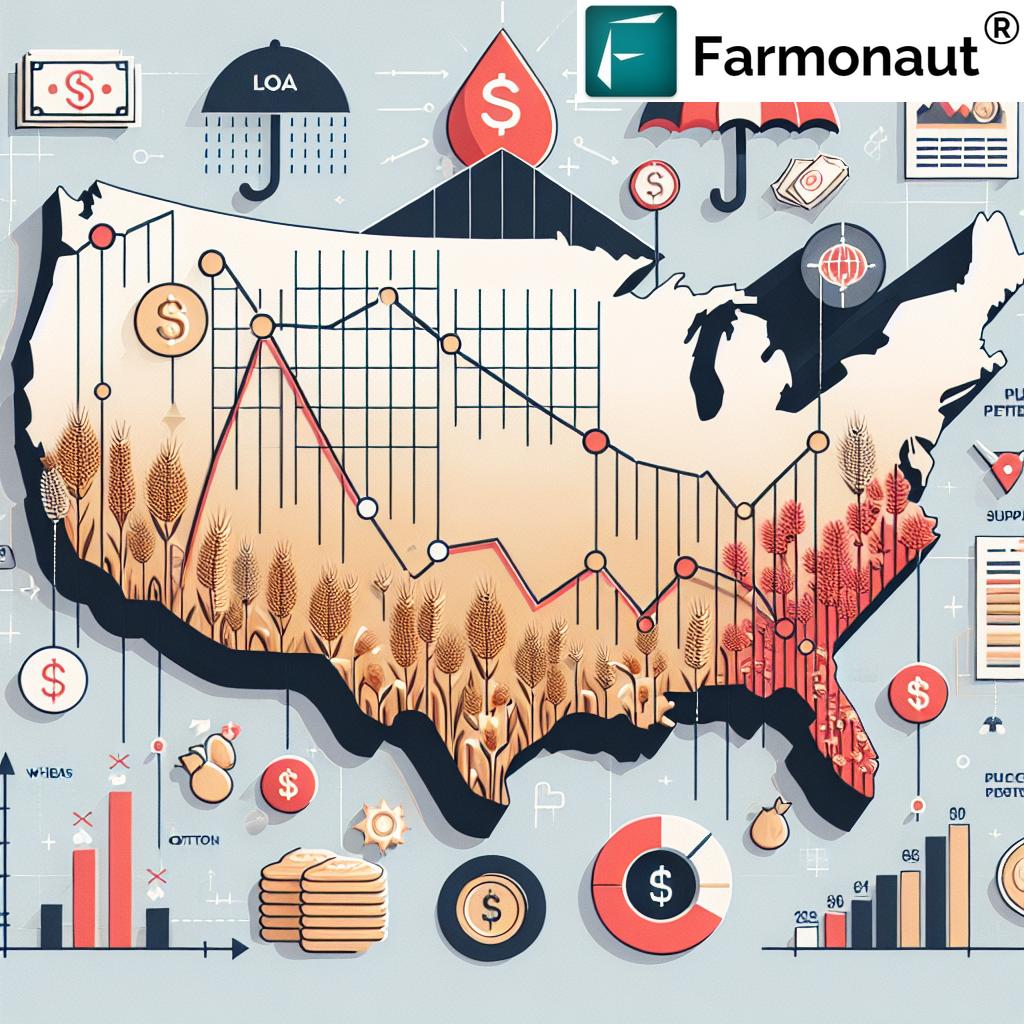
The recent aid packages that provided $10 billion in economic assistance and nearly $21 billion in disaster relief have been crucial lifelines for many farmers. However, these temporary measures underscore the need for more sustainable, long-term solutions that can provide stability to the agricultural sector.
The Role of Farmonaut in Supporting U.S. Agriculture
As we confront these challenges, innovative technologies like those offered by Farmonaut can play a pivotal role in supporting U.S. farmers. By leveraging satellite imagery and artificial intelligence, Farmonaut provides farmers with valuable tools to optimize their operations and potentially mitigate some of the financial risks they face.
Key benefits of Farmonaut’s platform include:
- Real-time Crop Health Monitoring: Farmers can access up-to-date information on crop health, allowing for timely interventions and optimized resource allocation.
- AI-driven Advisory: Personalized recommendations help farmers make data-driven decisions to improve yields and reduce costs.
- Resource Optimization: By providing insights into soil moisture levels and other critical metrics, Farmonaut helps farmers use water and other inputs more efficiently.
- Weather Forecasting: Accurate weather predictions allow farmers to better plan their activities and protect their crops from adverse conditions.
By integrating these technologies into their operations, farmers can potentially improve their resilience to economic challenges and enhance the long-term sustainability of their businesses.
Earn With Farmonaut: Affiliate Program
Earn 20% recurring commission with Farmonaut’s affiliate program by sharing your promo code and helping farmers save 10%. Onboard 10 Elite farmers monthly to earn a minimum of $148,000 annually—start now and grow your income!
Looking Ahead: The Future of U.S. Agriculture
As we approach the deliberations for the 2025 farm bill, it’s clear that the decisions made in the coming months will have far-reaching implications for the future of U.S. agriculture. The financial challenges facing farmers today require a comprehensive and innovative approach that combines strong policy measures with cutting-edge technological solutions.
By embracing technologies like those offered by Farmonaut and implementing supportive policies, we can work towards a more resilient and sustainable agricultural sector. This integrated approach has the potential to not only address the immediate financial crisis but also to position U.S. agriculture for long-term success in an increasingly complex global market.
As we move forward, it’s crucial that all stakeholders—from policymakers and industry leaders to individual farmers—work together to create a robust and responsive agricultural system that can withstand economic challenges and continue to feed the nation and the world.
Farmonaut Subscriptions
Frequently Asked Questions
Q: What is the main issue facing U.S. farmers as highlighted in the Senate Agriculture Committee testimonies?
A: The main issue is the alarming per-acre losses across various crops, including rice, corn, and soybeans, which are threatening the financial sustainability of many farming operations.
Q: How can the 2025 farm bill address these challenges?
A: The 2025 farm bill can address these challenges by providing a robust financial safety net, reforming crop insurance programs, improving disaster relief mechanisms, and supporting the adoption of sustainable and technology-driven farming practices.
Q: What role can technology play in helping farmers overcome financial challenges?
A: Technology, such as Farmonaut’s satellite-based crop monitoring system, can help farmers optimize yields, reduce costs, and make more informed decisions about resource allocation, potentially mitigating some of the financial risks they face.
Q: How urgent is the need for action to support U.S. farmers?
A: The need for action is immediate. Many farmers are struggling to secure operating loans for the upcoming planting season and are questioning the viability of continuing their farming businesses despite good yields.
Q: What are some potential long-term solutions to ensure the sustainability of U.S. agriculture?
A: Long-term solutions include modernizing farm programs, promoting technology adoption, enhancing rural infrastructure, supporting agricultural research and development, and creating policies that provide stability and support for farmers in an increasingly volatile global market.
In conclusion, the 2025 farm bill represents a critical opportunity to address the urgent financial challenges facing U.S. agriculture. By combining robust policy measures with innovative technologies like those offered by Farmonaut, we can work towards a more resilient and sustainable future for American farmers. The time for action is now, and the decisions made in the coming months will shape the landscape of U.S. agriculture for years to come.


